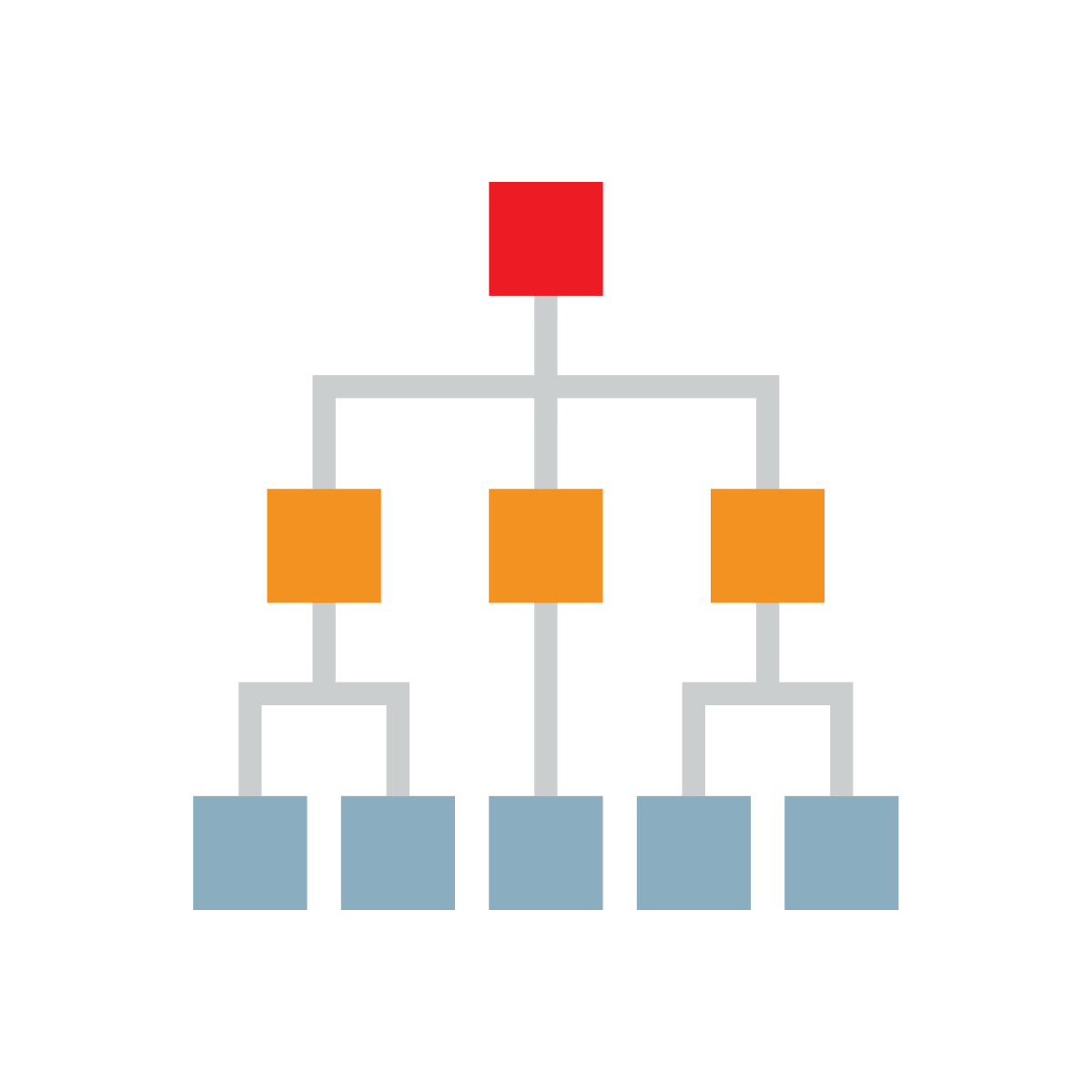Getting Started for Application Administrators
Oracle Primavera Cloud is a cloud-based enterprise solution allowing you to manage the prioritization, planning, and execution of projects.
As an application administrator, your task is to configure the application so that it is ready to use. This Getting Started guide will walk you through the steps you'll need to take in order to set up your workspaces, users, and security, as well as prepare you for managing them in the future. The order of these steps is just a suggestion - you might find a different order would better suit your organization's needs.
But first, take some time to get yourself familiar with Primavera Cloud and log in to the application:
- Primavera Cloud: Getting Started video
- Primavera Cloud Overview video
- About Your Login Credentials
- Training
Understanding Your Role as Application Administrator

As application administrator, you have complete access to all objects and functionality in the application.
Learn more about the tasks specifically available to you:
Setting Up Workspaces

Learn how workspaces are organized to contain objects and shared data in Primavera Cloud.
Watch our workspaces overview video for a comprehensive overview of setting up your workspace hierarchy, working with shared data, and creating workspaces.
You can also read about workspaces in our documentation:
Think you're ready to create a workspace? Try our tutorial first!
Configuring Security

Use the dynamic security configuration options in Primavera Cloud to provide users with access to objects.
Create permission sets that will define specific privileges and access for users. If you'll have groups of users that need the same security access, create user groups and assign permission sets to them. When you add your users later on, you can add them directly to user groups, or you can assign existing permission sets to the individual users.
Watch our security administration overview video for an overview of permission sets, user groups, and user access, or read our permission sets overview and user groups overview.
You can also check out these resources for instructions on how to create permission sets and user groups:
- Create Permission Sets and User Groups video
- Create a Permission Set
- Add a User Group
- Assign the User Group to a Workspace or Project
Think you're ready to configure security? Try our creating permission sets tutorial and creating user groups tutorial first!
Adding Companies

Learn how to add companies to the application. There will be one owning company, and you can add any additional organizations that your company works with.
Adding Users

Everybody that needs access to Primavera Cloud or its data should be added as a user. When you add users, you will be able to determine their security access to objects and apps, as well as assign them to user groups. You can choose from several user types: application administrators, regular users, company restricted users, idea submitters, or contact only users that receive email notifications for information such as reports, but cannot log in to the application.
Learn how to add users to companies in the application:
You can always go back later to assign additional access for a user from the Manage Access Panel in Global Admin.
More Information

Managing User Accounts
User locked out of the application?
User no longer needs access to the application?
Using an Identity Domain
If you're the tenant administrator for an environment deployed on Oracle Cloud Infrastructure (OCI) and you're interested in managing password policies or setting up an external identity provider in your identity domain, see Using an Identity Domain or visit the documentation for your identity domain.
Accessing Environment Status and Support
Learn about the Oracle Primavera Cloud Status Page, where you can get updates on events in the data center that affect your instance of Primavera Cloud. Be sure to sign up for email notifications. See the Environment Status topic.
Learn where to access the support resources available to you as a Primavera Cloud administrator.
As a Primavera Cloud administrator, it's important to register on My Oracle Support so you can get assistance from our Global Customer Support team when needed. Learn more about My Oracle Support and the other help resources available on the Support page.
Last Published Wednesday, January 7, 2026